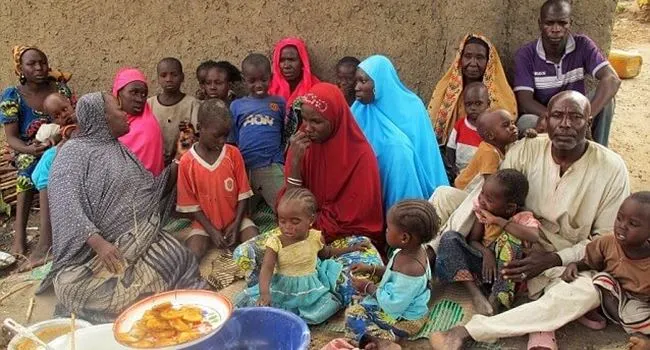Approximately forty million children in Nigeria are living in extremely poor households, the World Bank has asserted in a new report.
The bank pointed out that most children in extreme poverty lived in middle-income countries, with the total number of poor children amounting to 179.4 million.
It said, “Economies by income: In absolute numbers, most children living in extreme poverty live in middle-income countries, 179.4 million children (14.9 per cent in lower middle and 2.2 percent in upper middle income in extreme poverty) – including 52.2 million children in India (11.5 per cent) and 40 million children in Nigeria (37.9 per cent) living in extremely poor households.”
World Bank made this disclosure in its ‘Global Trends in Child Monetary Poverty According to International Poverty Lines,’ report in collaboration with United Nations Children’s Fund which was released in September.
Read Also: Nigeria Gets Fresh $700m Loan Approval From World Bank
Africa Today News, New York reports that according to the Washington-based bank, extreme child poverty is more prevalent in fragile and conflict-prone settings. About 38.6 per cent of children (164.7 million) who live in countries affected by conflict and fragility live in extremely poor households, compared to 10.1 per cent of children in non-fragile states (168.7 million), the bank highlighted.
However, the number of children living in extreme poverty decreased by an estimated 63.3 million between 2013 and 2019, from 383 million to 319 million, with the slow pace of recorded decrease between 2013 and 2016 in the absolute numbers of children in poverty caused by rapid population growth in Sub-Saharan Africa.
It explained that the poverty estimates for 2020, 2021 and 2022 were ‘nowcasted’—that is, gross domestic product growth rates were used to forecast household incomes, assuming all households experience equal growth in percentage terms in per capita consumption or income.
In the meantime, Nigeria has received a fresh $700m loan from the World Bank to enhance adolescent girls’ learning and empowerment in the country.

